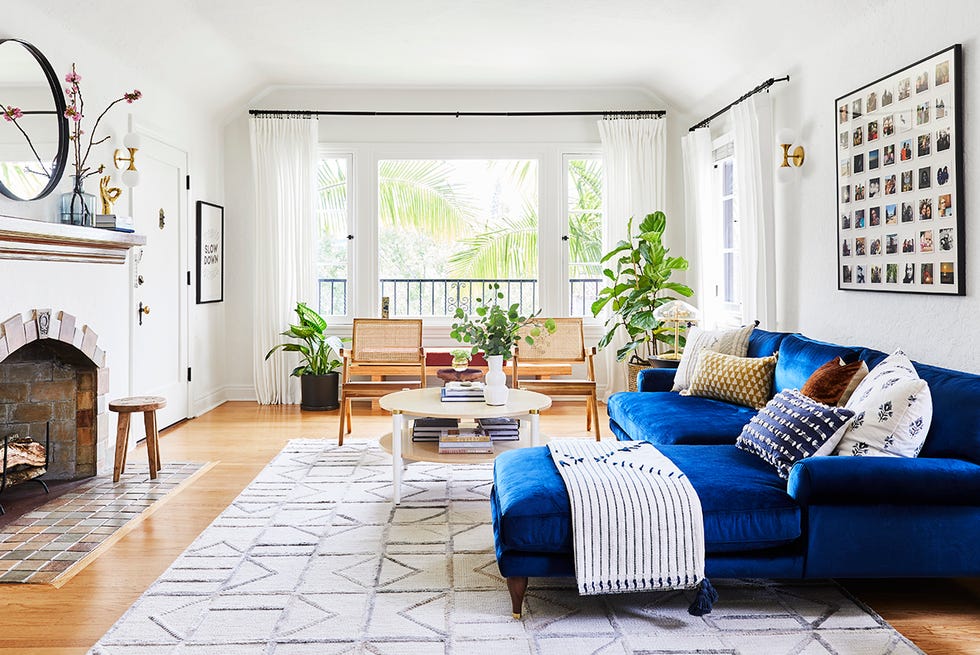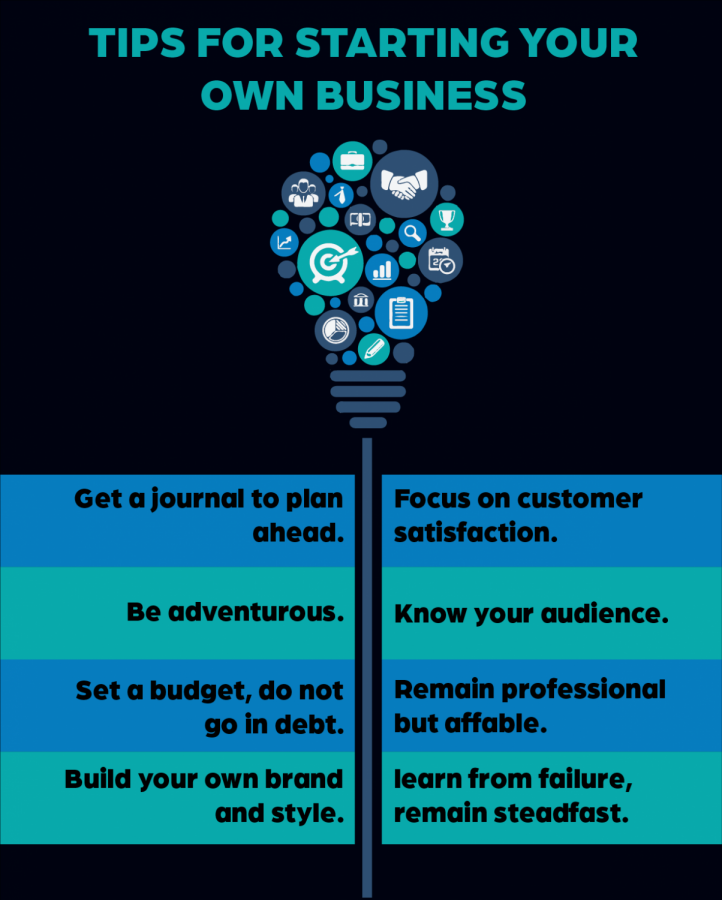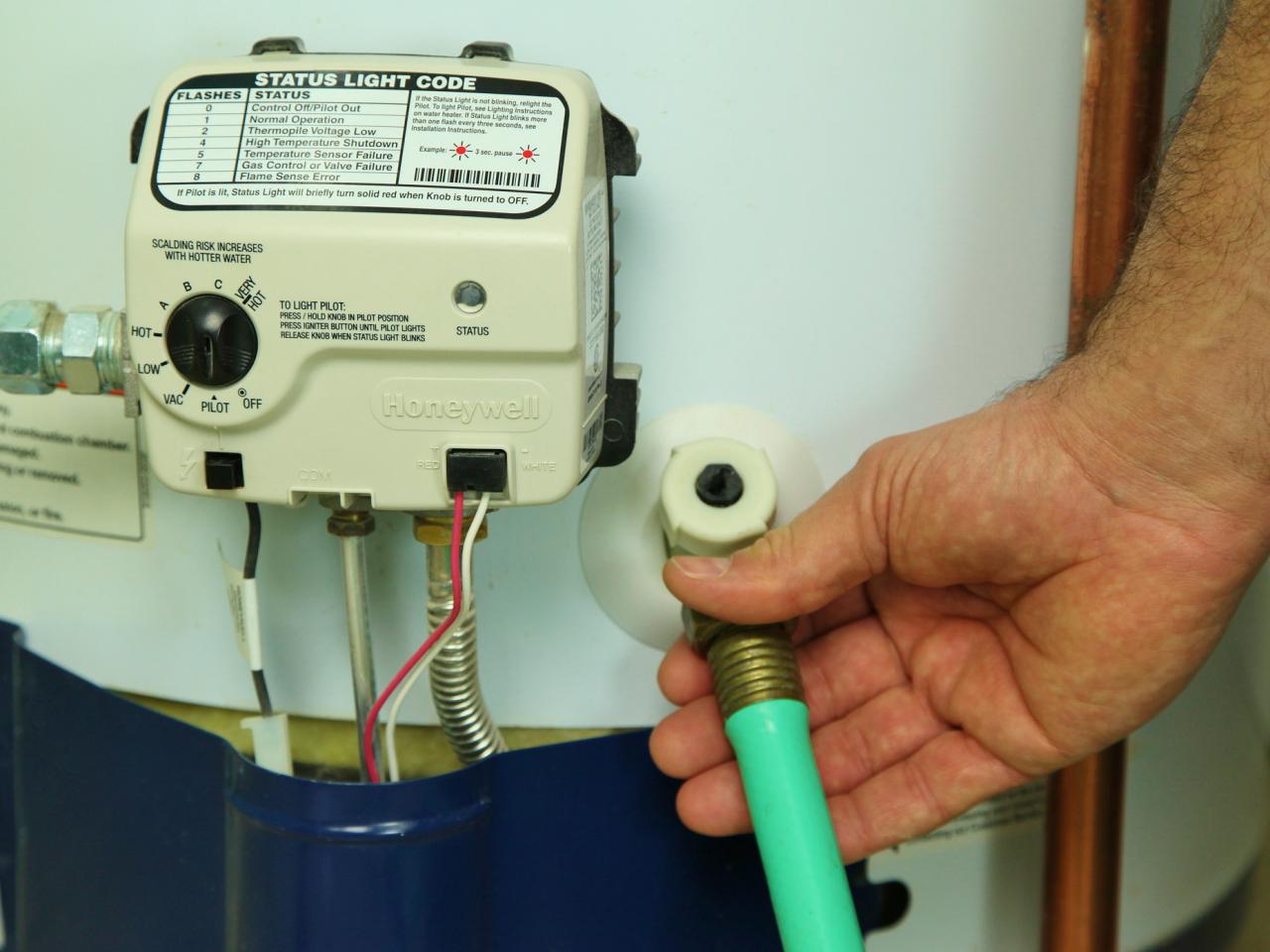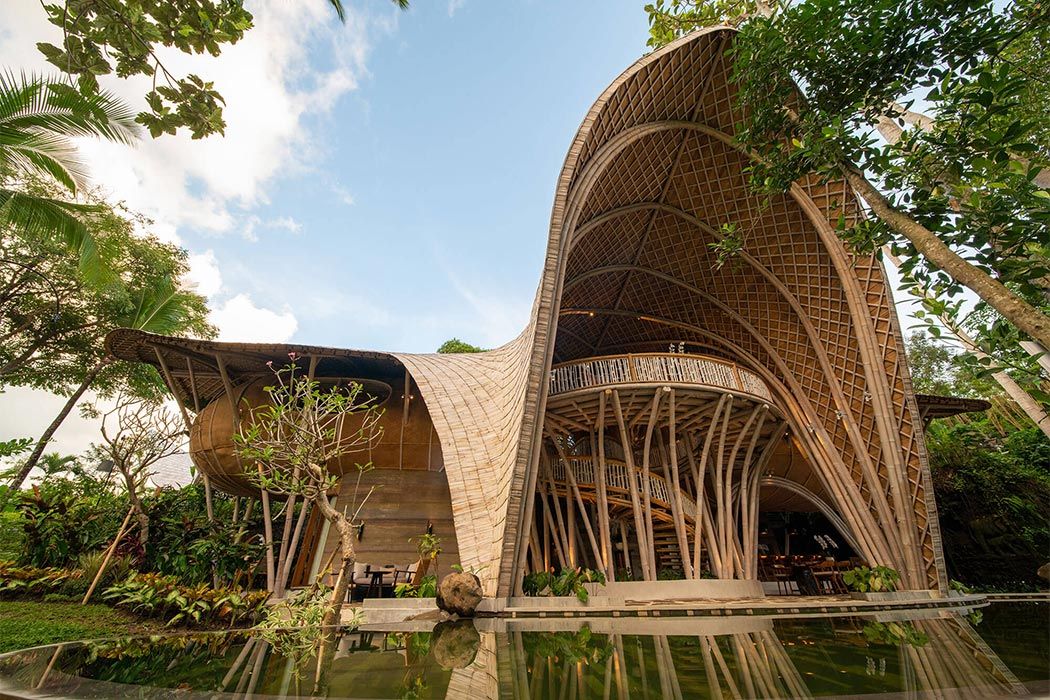Introduction:
Your yard is more than just a patch of grass—it’s an extension of your home, a space where you can relax, entertain, and connect with nature. With the right landscaping ideas, you can transform your yard into a beautiful and inviting outdoor oasis that reflects your personality and enhances your lifestyle. Let’s explore some creative home landscaping ideas to help you make the most of your outdoor space.
1. Define Your Vision:
Before diving into landscaping projects, take some time to envision how you want your yard to look and feel. Are you drawn to lush, tropical gardens or minimalist, modern designs? Do you dream of a cozy fire pit area for gathering with friends, or a serene water feature for quiet contemplation? Clarifying your vision will help guide your landscaping decisions and ensure that your yard reflects your personal style and preferences.
2. Start with the Basics:
Every great landscaping project starts with the basics—good soil, proper drainage, and adequate sunlight. Before getting carried away with design ideas, assess the existing conditions in your yard and make any necessary improvements. Test your soil pH, address any drainage issues, and identify areas of sun and shade to determine which plants will thrive in each location. Investing time and effort in these foundational elements will set the stage for a successful landscaping project.
3. Create Outdoor Living Spaces:
Think of your yard as an extension of your home’s living space and design it accordingly. Create distinct areas for lounging, dining, and entertaining by incorporating elements like patios, decks, pergolas, and outdoor kitchens. Define these spaces with pathways, plantings, and hardscape features to create flow and cohesion throughout your yard. Whether you’re hosting a summer barbecue or enjoying a quiet evening under the stars, well-designed outdoor living spaces will enhance your enjoyment of your yard year-round.
4. Embrace Native Plants:
When selecting plants for your yard, consider incorporating native species that are well-suited to your region’s climate and soil conditions. Native plants require less water, fertilizer, and maintenance than exotic species, making them a more sustainable and eco-friendly choice for landscaping. Additionally, native plants provide habitat and food for local wildlife, helping to support biodiversity in your yard. Take a cue from nature and let native plants inspire your landscaping designs.
5. Add Color and Texture:
Inject color and texture into your yard with a carefully curated selection of plants, flowers, and foliage. Choose a mix of species with varying heights, shapes, and textures to create visual interest and depth in your landscaping. Incorporate seasonal blooms for pops of color throughout the year, and layer different types of foliage to add dimension to your plantings. Whether you prefer bold, vibrant hues or soft, subtle tones, there’s a palette of possibilities to explore in your yard.
6. Incorporate Hardscape Elements:
Balance the softness of plants and greenery with the structure and permanence of hardscape elements like pathways, retaining walls, and garden borders. Hardscaping adds architectural interest to your yard and provides definition to your landscaping design. Choose materials that complement your home’s exterior, such as natural stone, brick, or wood, and consider incorporating elements like water features, fire pits, and seating areas to further enhance your outdoor space.
7. Pay Attention to Scale and Proportion:
When designing your yard, pay attention to scale and proportion to ensure that elements harmonize with one another and with your home’s architecture. Consider the size of your yard, the scale of your home, and the surrounding landscape when selecting plants and hardscape features. Avoid overcrowding your yard with oversized plants or overwhelming it with massive structures. Instead, aim for a balanced and cohesive design that feels harmonious and inviting.
8. Incorporate Lighting for Ambiance:
Extend the enjoyment of your yard into the evening hours by incorporating outdoor lighting into your landscaping design. Strategic placement of landscape lighting can highlight architectural features, accentuate plantings, and create ambiance throughout your yard. Consider installing path lights along walkways, uplights to illuminate trees and shrubs, and overhead fixtures for dining and entertaining areas. With the right lighting, you can create a warm and welcoming atmosphere that invites you to linger outdoors long after the sun goes down.
9. Consider Maintenance Needs:
As you plan your landscaping projects, consider the long-term maintenance needs of your yard and choose plants and materials that align with your lifestyle. Opt for low-maintenance plantings that require minimal watering, pruning, and fertilizing, and select durable, weather-resistant materials for hardscape features. Incorporate mulch and groundcovers to suppress weeds and retain moisture in your soil, and invest in irrigation systems to ensure that your plants receive the water they need to thrive. By designing with maintenance in mind, you can create a beautiful and sustainable yard that’s easy to care for year-round.
10. Personalize Your Space:
Above all, don’t be afraid to let your personality shine through in your landscaping designs. Whether you have a green thumb or are new to gardening, your yard is an opportunity to express yourself and create a space that brings you joy. Incorporate elements that reflect your interests, passions, and lifestyle, whether it’s a vegetable garden for growing your own food, a meditation garden for quiet reflection, or a play area for your children to enjoy. By infusing your yard with personal touches, you’ll create a space that feels uniquely yours and enhances your connection to the outdoors. Read more about home landscaping ideas














